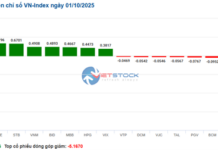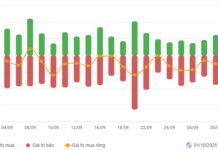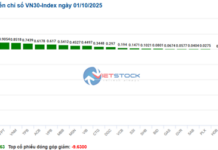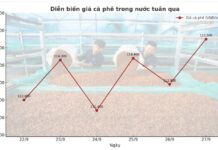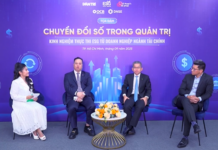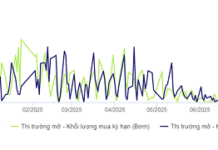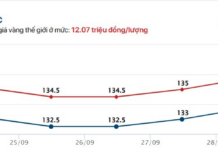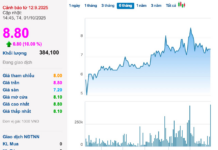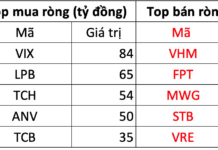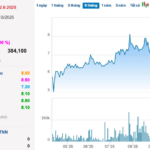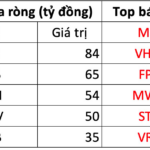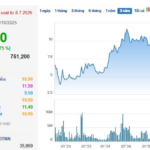On Monday April 22nd, at 3PM, the buying exchange rate of US$ at Vietcombank increased by 12VND/US$, reaching 25,145VND/US$ for buying and 25,485VND/US$ for selling, breaking the previous high of 24,133-25,473VND/USD set last weekend, April 19th.
This was the sixth time the US$ selling price had broken a new high, reaching the highest level in Vietcombank’s history, which began in the year 2000. This exchange rate has even surpassed the US$ spot price announced by the State Bank of Vietnam (SBV) on the same day, which was 25,450VND/US$.
Compared to the beginning of this year, the US$ selling price at banks has increased by 4.04%, equivalent to an increase of 990VND/US$.
On the open market, the US$ price has also increased by 90VND/US$ for buying and 110VND/US$ for selling when compared to last weekend’s exchange rate, reaching 25,770-25,870VND/US$. Currently, the open market US$ is around 625VND higher for buying and 385VND higher for selling when compared to the bank exchange rate.
On April 19th, the State Bank of Vietnam announced that it was ready to intervene in the exchange rate by selling US$ to commercial banks with negative foreign exchange balances, bringing their foreign exchange status back to 0. The price for this intervention was set at 25,450VND. This move was expected to reduce the pressure on the exchange rate.
However, the strength of the US$ on the international market has remained high, causing the USD/VND exchange rate to continue going up, both at banks and on the open market.
|
USD-Index movement over the past 5 years
Source: tradingview
|
The US$ has gained strength as the USD-Index has stayed high, above 106 points, the highest in over 5 months. This is due to the high probability that the US Federal Reserve (Fed) will not lower interest rates in 2024, as stated by Fed Chairman Jerome Powell, who said that there has been “less progress” in bringing down inflation, meaning that “it could take longer than expected” for the Fed to be confident in loosening monetary policy.

